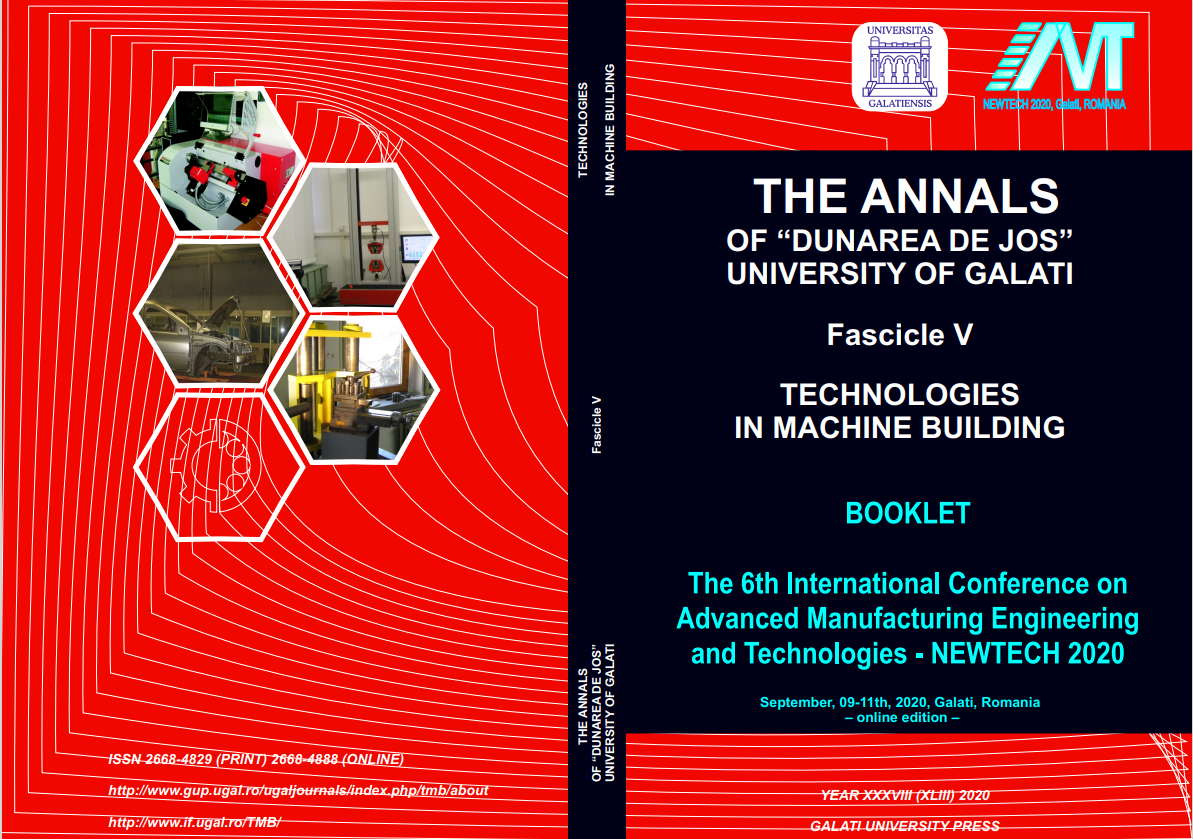Analysis of the influence of the hydrostatic ball burnishing pressure in the surface hardness and roughness of medium carbon steels
Abstract
Standing sectors in the industry such as railroad or plastic injection moulds presents many challenges for manufacturing complex components in terms of finishing requirements and mechanical properties. Because of that, hydrostatic ball burnishing is considered an optimal solution since it reduces surface roughness and generate hardened surfaces and compressive residual stresses, increasing the performance and lifespan of this parts in terms of resistance and mechanical fatigue. Additionally, this technology could be integrated directly into the machining centres, what reduces times and dimensional errors arising from mooring changes. Therefore, lead times and production costs can be drastically reduced in comparison with other finishing techniques. The aim of this project is to analyse the use of the ball burnishing process to improve the final quality of medium carbon steel surfaces, minimizing surface roughness and improving hardness. In order to achieve significant results, different working pressures are analysed in terms of surface roughness and hardness in AISI 1045 and AISI P20 steels. The results showed a reduction in roughness parameters of more than 89% for both materials using a pressure of 10 MPa. Moreover, at a pressure of 30 MPa, the surface hardness has been increased by 15% and 34% respectively.


